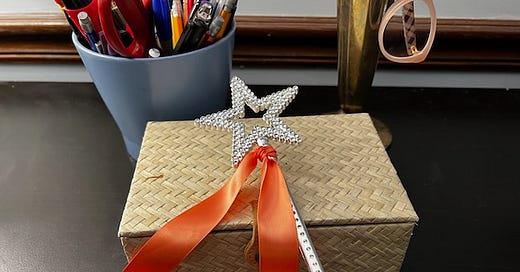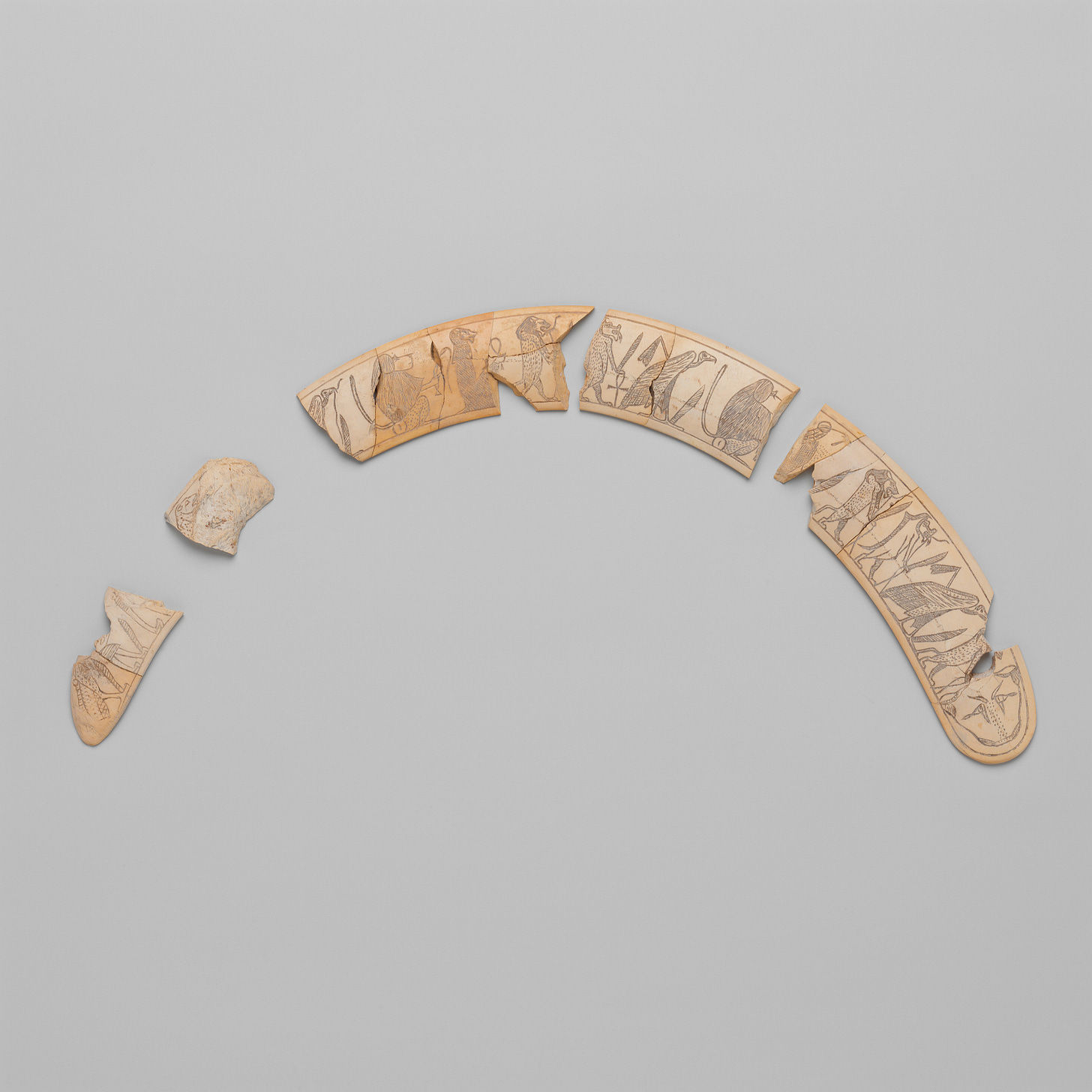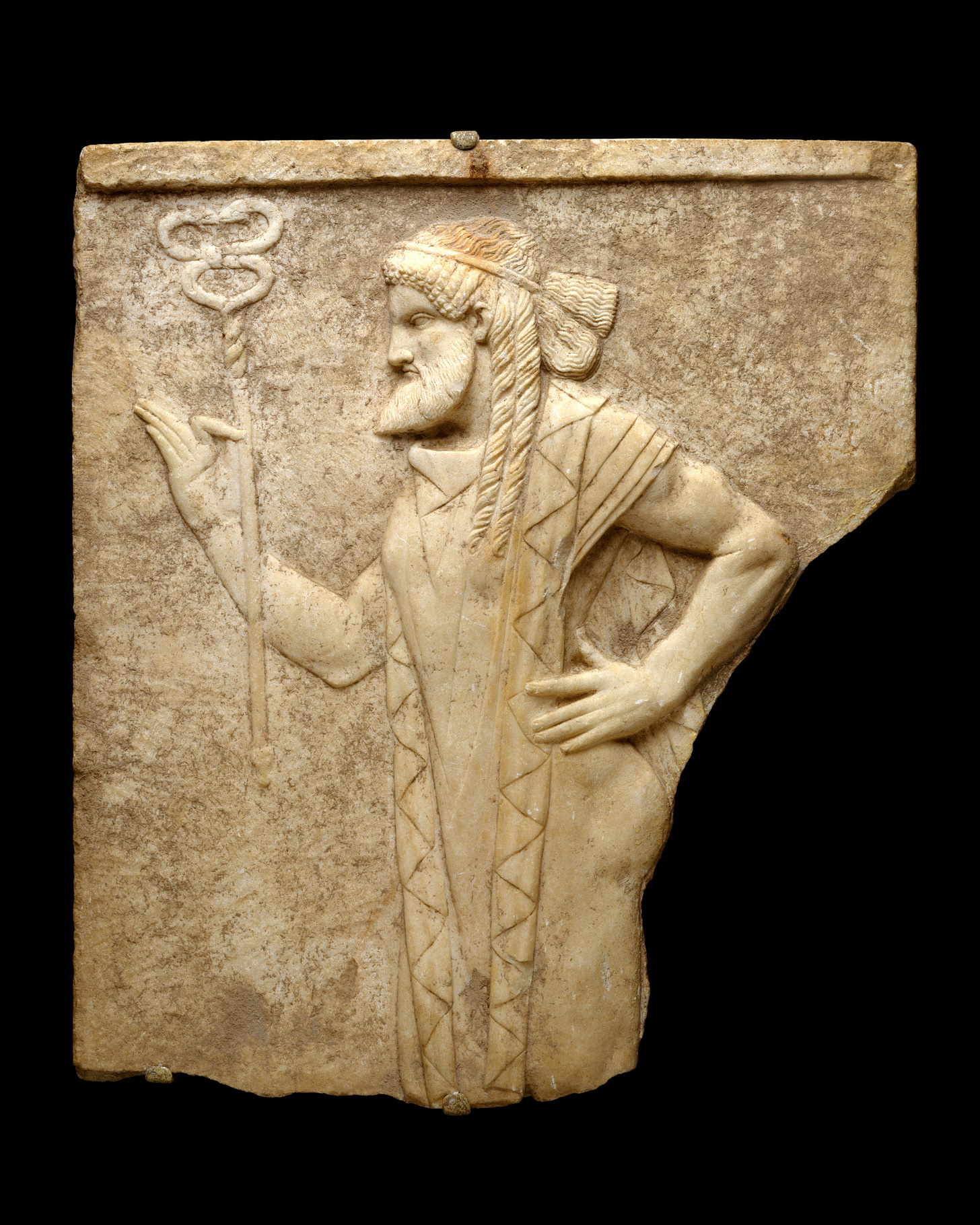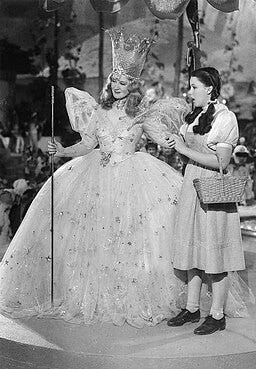I hit a rough patch a while back and my mother sent me a magic wand to show me she was thinking of me. She was literally wishing me well.
My wand, courtesy my mother. Thanks, mom.
I keep it on my desk as a reminder that I can choose to stir up a little magic from time to time. By that, I mean try something on faith, believe I can banish what ails me or someone I love.
Wands, wands, everywhere
Magic wands come in cheap packages these days. From Disney gift shops to Harry Potter Halloween costumes, plastic wands with white tips or sparkly stars (ahem, mine included) populate our cultural iconography. Admittedly, it's lovely watching a six-year-old carry a wand and an orange plastic pumpkin for trick-or-treating.
A mythology of wands
But wands weren't always available in a store. There's a long history of magic wands (see some examples below). I've been looking at this one on my desk and wondering how we got from there to here. Here’s one wacky theory. Perhaps long ago, someone used a stick to fend off danger. The stick worked for someone else. Soon everyone believed in special sticks. They carved them, painted them, made them beautiful. Certain people were endowed with the power to wield the sticks on behalf of the group. Power + design + special person = magic wand. The math of mythology! Or maybe someone just picked up a stick one day and said “abracadabra.”
However it happened, they’ve been around for a while. Here’s a brief historical tour.
Courtesy Metropolitan Museum of Art
This wand, ca. 1981–1802 B.C.E., was found in the Pyramid Temple of Senwosret, Egypt. The inscription, thanks to the Metropolitan Museum of New York, reads:
"Recitation by the many protectors: We have come that we may extend our protection around the healthy child Minhotep, alive, sound, and healthy, born of the noblewoman Sitsobek, alive, sound, and healthy."
I hope Minhotep made it!
In Homer's Illiad, Hermes wields a wand for this purpose (thanks to the University of Baltimore for this translation):
"Hermes the giant-killing guide obeyed at once.
Under his feet he fastened the supple sandals,
never-dying gold, that wing him over the waves
and boundless earth with the rush of gusting winds.
He seized the wand that enchants the eyes of men
whenever Hermes wants, or wakes them up from sleep.
That wand in his grip he flew..."
Courtesy Metropolitan Museum of Art
This history of magic wands gives some instructions from:
“…a 13th century Latin grimoire titled The Oathbound Book of Honorius. This book mentions two types of magical sticks, the wand, and the staff. The wand is smaller and thinner and, as the book states, should be made from Hazelwood or the wood of another nut tree."
(Pro tip: get yourself a grimoire, a kind of a textbook about how to battle demons. Lots of useful instructions and recipes.)
Mythical Old Norse personalities whip out their wands as well. Have a look at the Icelandic Poetic Edda and note the fleeting reference to a "wand elf" from a section on the creation of the world. The Old Norse word gandr means magic staff or wand. It’s not hard to see how Tolkien may have been inspired by the word to create his character, Gandalf, who carried a magic staff.
It's a long way from the Middle Ages to Oz, but I leave you with one of the most iconic wands of all.
Please be a good witch and subscribe to Magic Silver Bullet!
…or feel free to share this post.







